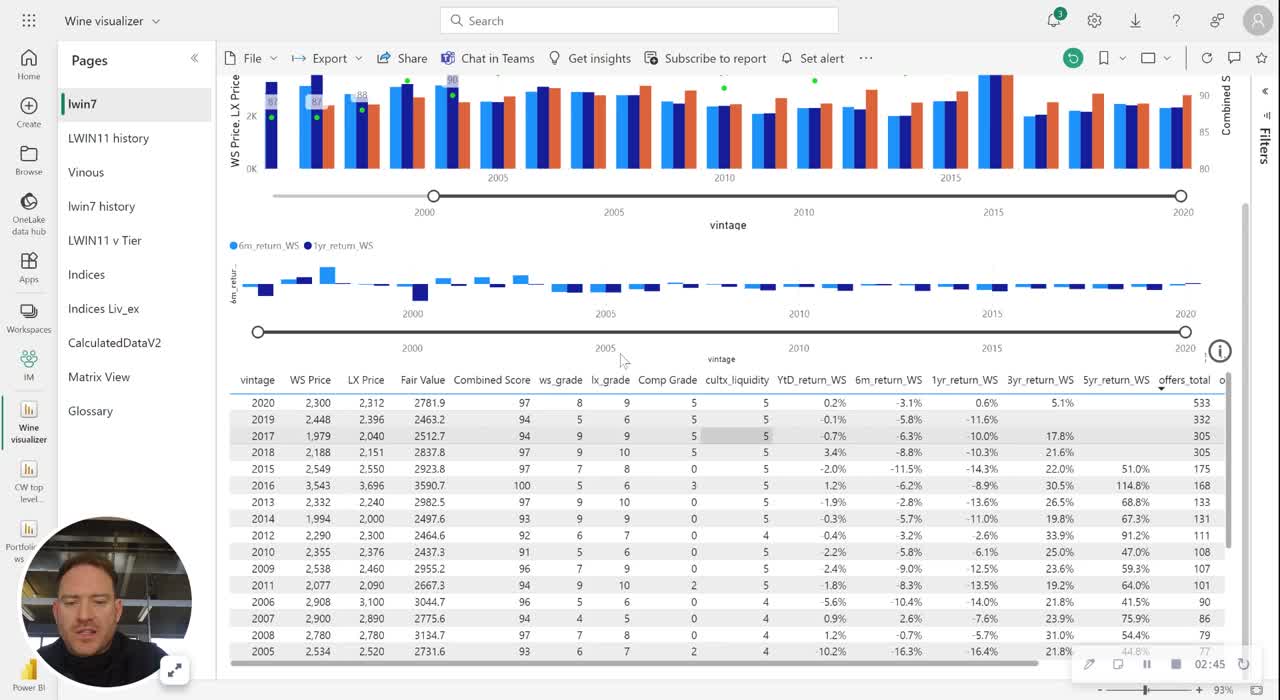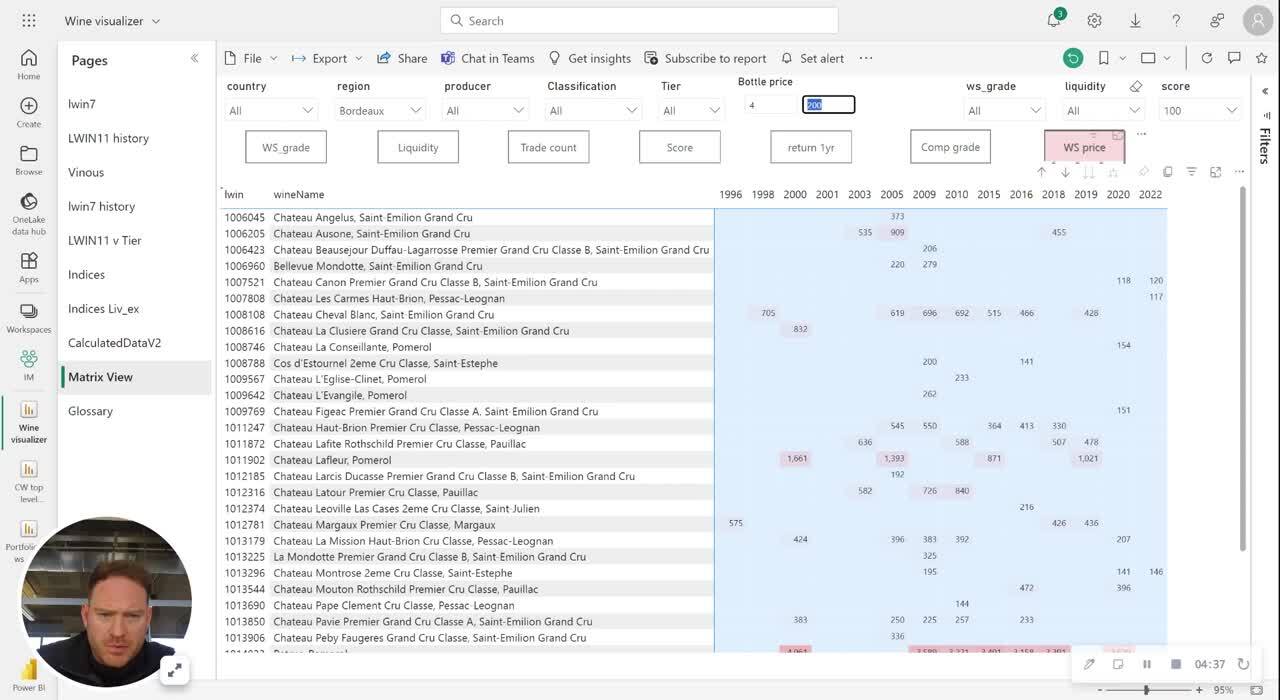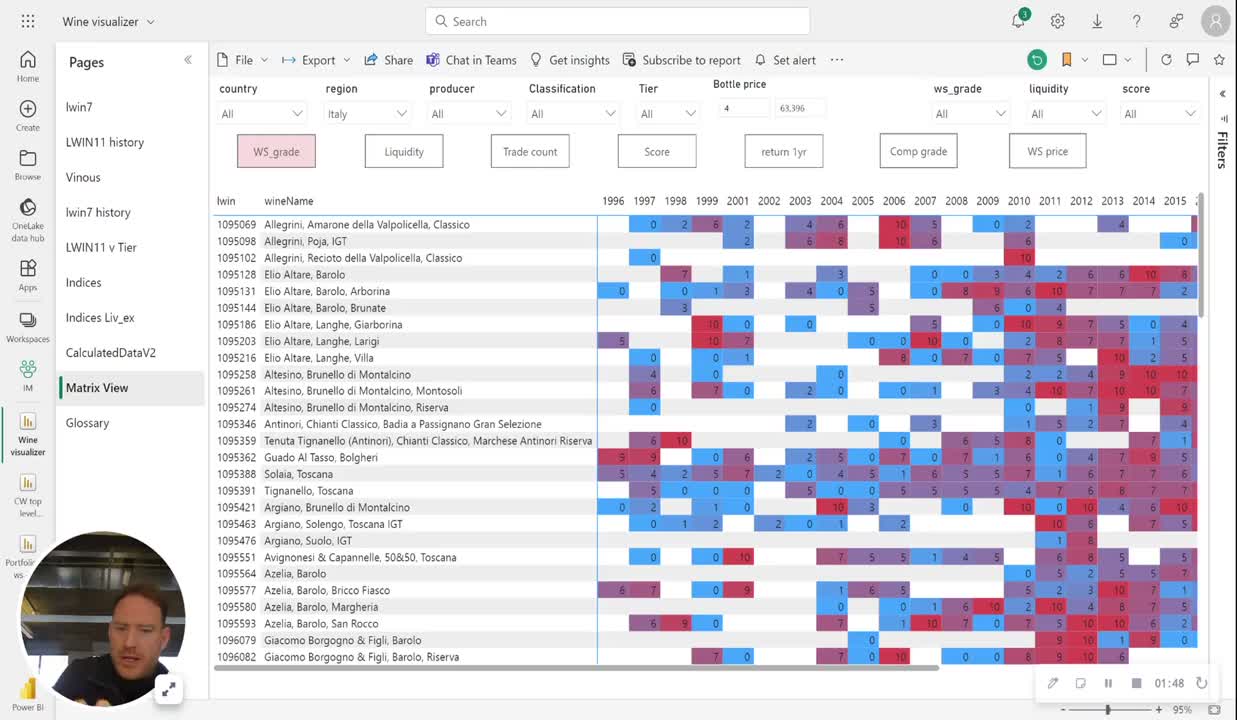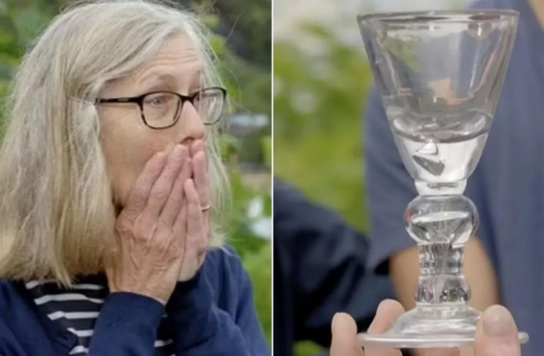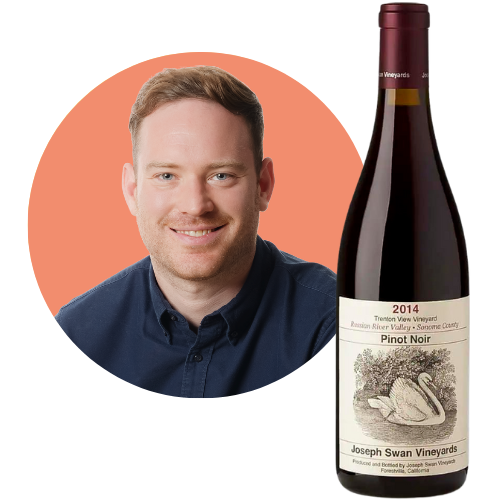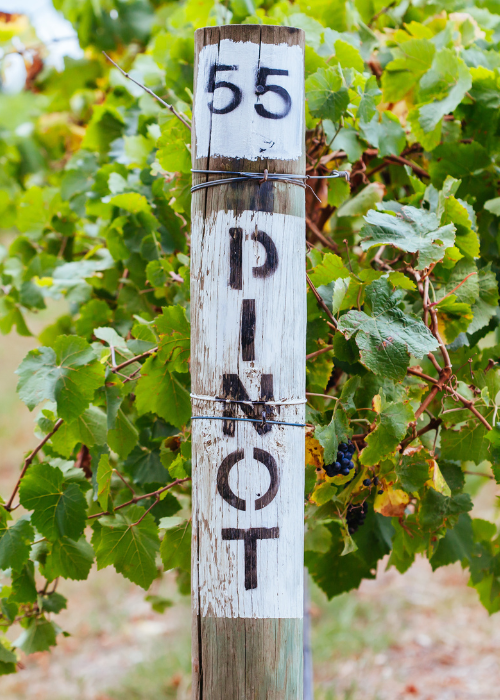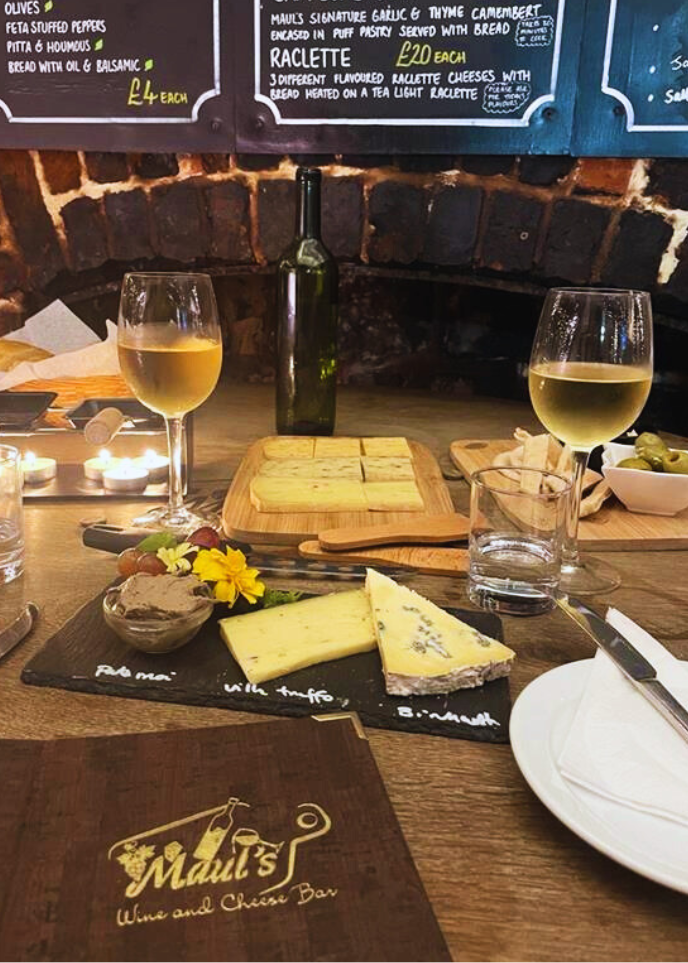But my own “Pinot Epiphany”, or at least the one I think I had, did not come from a Burg. My love for Pinot Noir began when I put my lips to an unlikely Australian Pinot from the Mornington Peninsula.
Alas, I hope my fellow Burgundian purists and faithfuls will still read on, as I attempt to share my own understanding and encounter with Mornington Pinots.
For simplicity, this article would focus just on the unique climate, terroir, and consequent tasting profiles of Mornington Pinots; and why perhaps, a truly eclectic Pinot “junkie” should give this small region a go!
The Climate in Mornington
Just an hour’s drive south of Melbourne, the Mornington Peninsula holds roughly 980 Ha of planted vineyards, ranging from sea level to 300m about sea level.
The Peninsula’s unique location and surrounding seas have somehow insulated the region from the greater effects of global warming over the past 60 years compared to other regions in the Southern Hemisphere. The cooling influence from the sea plays a significant role in the wines from the region, with no vineyards in the Mornington being more than 10km from the sea.
Rarely do other regions collectively showcase Pinot Noirs, where the refreshing sea breeze plays such a distinctive role. While the Mornington Peninsula experiences a cool maritime climate, there are variations across its subregions due to differences in elevation, aspect, and topography; creating microclimates that could vary to a great degree.
“From when the vines wake up, to flowering and fruit set, and through to vintage time, there can be a difference of two or three weeks between different sites, so individual weather events and different seasons can affect every part of the Mornington Peninsula differently,” says Moorooduc Estate’s Kate McIntyre MW. “The different combinations of soils, aspect, altitude and latitude add up to many unique sites that express themselves through Pinot Noir in their own, diverse and special way.” – Young Gun of Wine
The Terroir in Mornington
Much like Burgundy, the Peninsula carries different soil types that are widely believed to imbue certain characteristics in its wines.
In general, the central north-eastern zones, including Moorooduc and Tuerong, feature sandier soils and lower elevations. Influenced by warmer bay-side breezes, grapes tend to ripen earlier, resulting in darker, richer, and fuller-bodied Pinots.
Venturing south to the central zone, yellow duplex soils overlay well-drained clay in areas like Dromana. Higher elevations in locales such as Red Hill and Main Ridge carry red-brown basalt soils, coupled with increased rainfall, which foster fertile conditions and yield more delicate wines.
In the south-eastern parts like Merricks and Balnarring which are closer to the sea, brown duplex soils are more common, and the cooler conditions result in later ripening. The Pinots here tend to be lighter-hued, refreshingly aromatic, and more fine-boned.
The Taste of Mornington Pinots
Regrettably, my personal exploration of Mornington Pinots has been limited. However, prevalent winemaking practices and the achievements of key producers have steadily shaped the expected flavour profile of a Mornington Pinot.
The finest Mornington Pinot Noirs exhibit a rich tapestry of primary fruit aromas and flavours, spanning cherries, plums, and raspberries. Wines from higher elevations like Main Ridge lean towards red fruits, while those from lower elevations like Moorooduc tend towards darker fruits.
Savoury complexity, the same kind of alluring forest floor and mushroom you get from the good burgs, is common. And with vine age increasing, I have personally heard winemakers noting that their wines are starting to see more structure and depth. These are two factors which I tend to find lacking in other New World Pinots.
In general, oak usage in Pinots across the Peninsula tends to be restrained, though winemakers may vary in other aspects of their approach, like the extent of whole bunch fermentation in Pinot production. The maverick winemakers of the Mornington are also continually experimenting with new techniques to improve the quality of their wines.
Imagine Burgundy's excellence as a standard, fuelled by the pioneering spirit of New World vintners. For instance, clonal selection and experimentation to produce exceptional and intriguing wines, is quite commonplace. Take Eldridge Estate, for example, where vineyards are meticulously divided according to clones and each site tailored to optimise conditions for these specific clones. Their single-clonal wines, like the MV6 which I have personally tried, are truly outstanding.
In Summary
Perhaps Mornington Pinots still have some way to go before rivalling the outstanding GC Burgs. In all its glory of fruit, nuance, and sea-kissed aromatics, a beautiful Mornington Pinot might still seem too clean or just a little short of that - Burgundian Forest Floor – that Burgundy enthusiasts crave.
Yet, at its current price point and value, the wiser (and self-serving) thing for us Pinot lovers to do would be to safeguard this Pinot hack for as long as we can.
